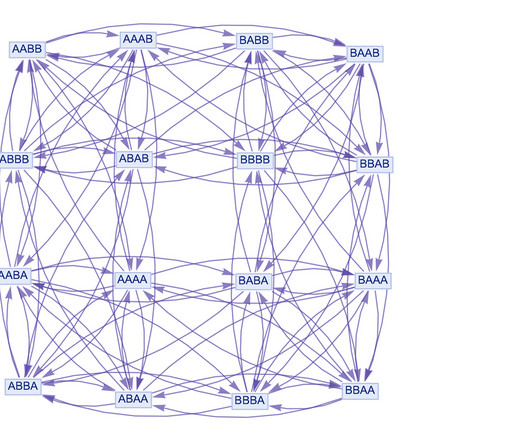How Did We Get Here? The Tangled History of the Second Law of Thermodynamics
Stephen Wolfram
JANUARY 31, 2023
By 1807 the term “energy” had been introduced, but the question remained of whether it could in any sense globally be thought of as conserved. It had seemed for a long time that heat was something a bit like mechanical energy, but the relation wasn’t clear—and the caloric theory of heat implied that caloric (i.e.














Let's personalize your content